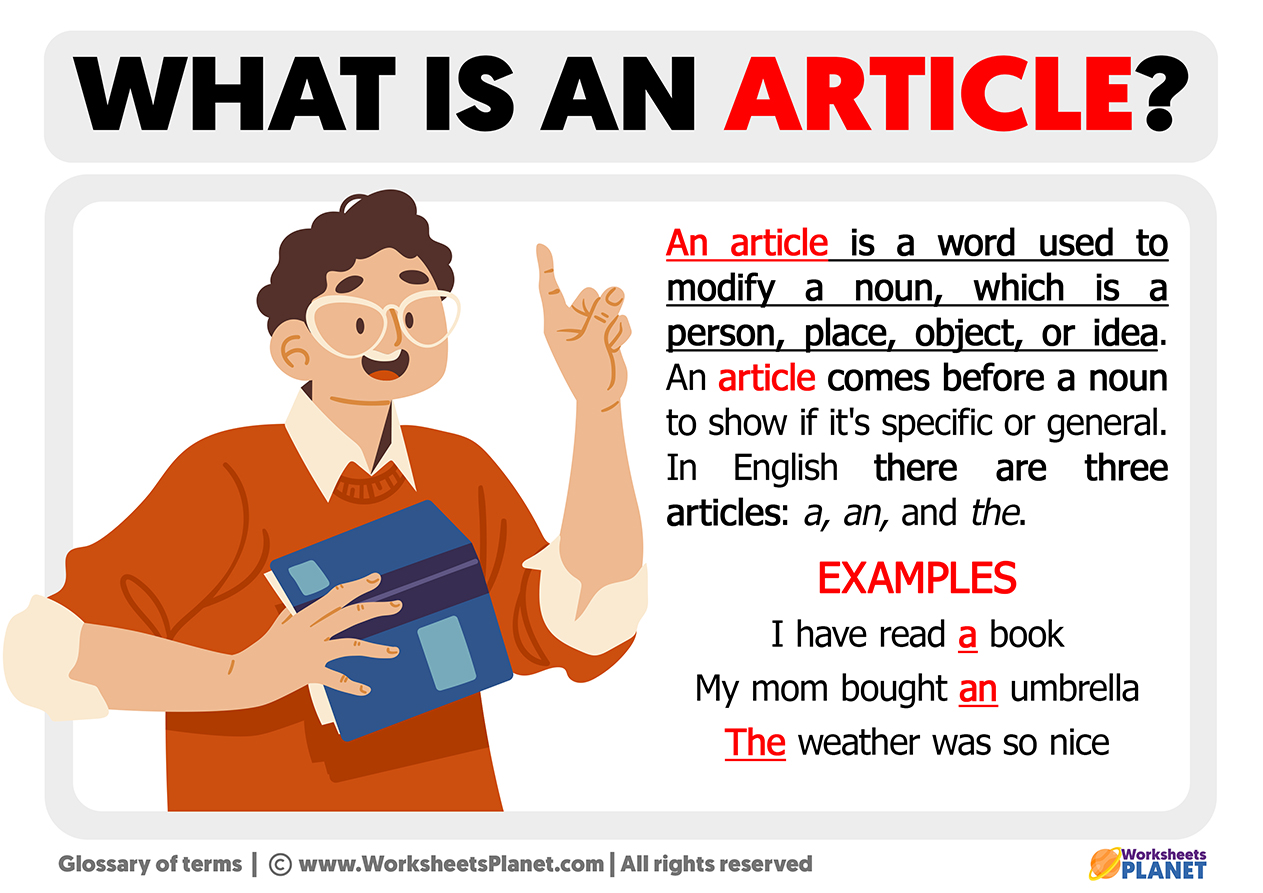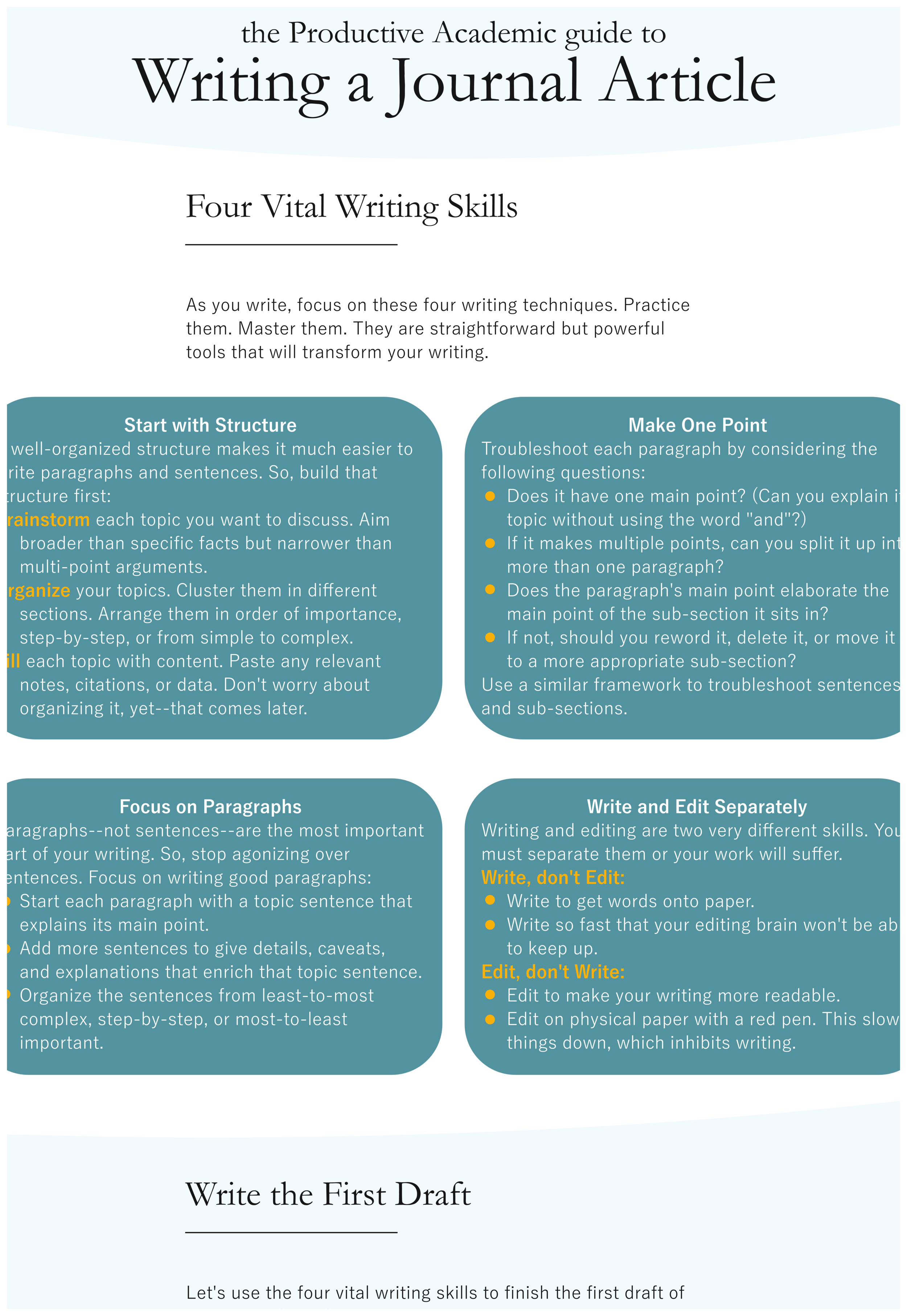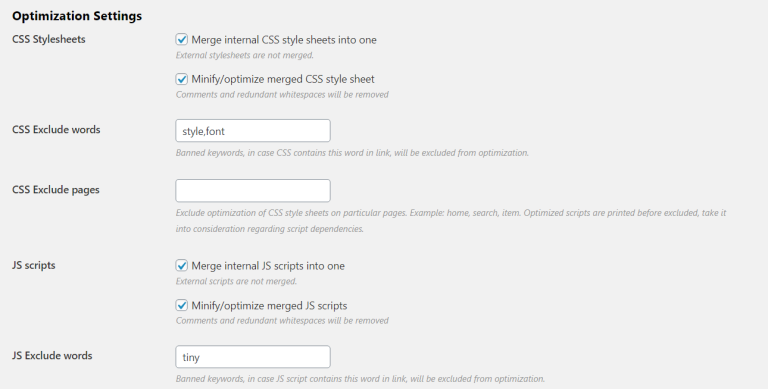
In the ever-evolving world of SEO, staying ahead means leveraging every tool at your disposal. One such tool that has gained significant traction is Article Schema. As search engines become more sophisticated, they rely heavily on structured data to understand and rank content accurately. This guide will walk you through everything you need to know about using Article Schema to boost your visibility in search engine results pages (SERPs), increase click-through rates (CTR), and improve user engagement.
What Is Article Schema and Why It Matters

Article Schema is a type of structured data markup defined by Schema.org, a collaborative community that provides standardized vocabulary for web content. When applied correctly, it helps search engines like Google better understand the context, purpose, and key elements of your content.
For example, if you’re publishing a blog post, Article Schema can provide metadata such as the headline, author, publication date, and even a summary. This information is then used by search engines to generate rich snippets—enhanced search results that stand out from standard listings.
According to Google, rich snippets have been shown to increase CTR by up to 15-30%, depending on the type of content and how well it’s optimized. This makes Article Schema not just a technical SEO best practice but also a powerful marketing tool.
How Article Schema Impacts SEO Performance
Implementing Article Schema can have several positive effects on your SEO strategy:
1. Improved Click-Through Rates (CTR)
Rich snippets with Article Schema often include headline, author, date, and image elements, making them more visually appealing and informative. This increased visibility can lead to higher CTRs, which in turn signals to search engines that your content is valuable and relevant.
2. Enhanced User Experience
By providing additional context directly in the search results, users are more likely to find what they’re looking for quickly. This leads to better engagement metrics, including lower bounce rates and longer dwell times.
3. Better Content Relevance
Search engines use structured data to match content with user intent more effectively. Article Schema ensures that your content is categorized and labeled properly, increasing the chances of appearing in relevant search queries.
4. Voice Search Optimization
With the rise of voice assistants like Alexa, Siri, and Google Assistant, structured data plays a crucial role in how content is retrieved. Article Schema helps ensure your content is eligible for voice search results, giving you an edge in this growing space.
Step-by-Step Implementation Framework

1. Define or Audit the Current Situation
Before implementing Article Schema, take stock of your current content. Identify which articles or blog posts would benefit most from structured data. Look for high-performing pieces or those targeting specific keywords.
2. Apply Tools, Methods, or Tactics
There are several ways to implement Article Schema:
– Using WordPress Plugins: If you’re on WordPress, plugins like Rank Math or Yoast SEO offer built-in tools to add structured data easily.
– Manual Code Addition: For developers, adding JSON-LD code directly to your HTML is a common approach. Here’s a basic example:
<script type="application/ld+json">
{
"@context": "https://schema.org",
"@type": "Article",
"headline": "How to Use Article Schema for Enhanced SERP Visibility",
"datePublished": "2025-04-05",
"author": {
"@type": "Person",
"name": "John Doe"
},
"publisher": {
"@type": "Organization",
"name": "Your Website Name",
"logo": {
"@type": "ImageObject",
"url": "https://yourwebsite.com/logo.png"
}
}
}
</script>
- Third-Party Tools: Services like Merkle’s Schema Markup Generator or Google’s Structured Data Markup Helper can simplify the process.
3. Measure, Analyze, and Optimize
Once implemented, monitor the performance of your content using tools like Google Search Console and Ahrefs. Track metrics such as impressions, clicks, and CTR to see how your structured data is impacting visibility.
Use Google’s Rich Results Test to validate your schema and ensure it’s working as intended. Regularly update your schema to reflect changes in your content or new best practices.
Real or Hypothetical Case Study

Let’s consider a hypothetical case study involving a tech blog. The blog published a detailed article on “How to Use Article Schema for Enhanced SERP Visibility.” Before implementing Schema, the article had an average CTR of 3%. After adding Article Schema, the CTR increased to 8%, and the article began appearing in rich snippets.
The result? A 250% increase in organic traffic within three months. The blog also saw a 30% improvement in user engagement metrics, including time on page and pages per session.
This demonstrates the real-world impact of structured data when implemented correctly.
Tools and Techniques for Article Schema
Here are some of the most effective tools for implementing and managing Article Schema:
- Rank Math SEO: A powerful WordPress plugin that simplifies the process of adding structured data, including Article Schema.
- Yoast SEO: Another popular WordPress plugin that offers built-in support for Schema markup.
- Google’s Structured Data Markup Helper: A free tool that allows you to create and test structured data for your website.
- Merkle’s Schema Markup Generator: A user-friendly tool for generating JSON-LD code for various Schema types.
- Google Search Console: Essential for monitoring the performance of your structured data and identifying any issues.
Future Trends and AI Implications

As AI continues to shape the future of search, the importance of structured data like Article Schema will only grow. Search engines are increasingly relying on semantic understanding to deliver more accurate and personalized results.
In the coming years, we can expect:
– More advanced AI-driven content recommendations based on structured data.
– Greater integration of multimodal search, where images, videos, and text work together to enhance user experience.
– Increased emphasis on E-E-A-T (Experience, Expertise, Authoritativeness, Trustworthiness), which Article Schema can help reinforce by clearly defining content sources and authors.
To stay ahead, focus on creating high-quality, well-structured content that aligns with both user intent and search engine algorithms.
Key Takeaways
- Article Schema is a powerful tool for improving SERP visibility and CTR.
- Implementing structured data helps search engines understand and rank your content more effectively.
- Use tools like Rank Math, Yoast SEO, or Google’s Structured Data Markup Helper to simplify the process.
- Monitor performance regularly using Google Search Console and other analytics tools.
- Stay ahead of trends by focusing on E-E-A-T, voice search, and multimodal content.
Meta Title: How to Use Article Schema for Enhanced SERP Visibility
Meta Description: Learn how to use Article Schema to boost your SERP visibility, increase CTR, and improve user engagement with structured data.
SEO Tags (5):
– Article Schema
– SERP Visibility
– Structured Data
– SEO Best Practices
– Rich Snippets
Internal Link Suggestions:
– Parameter #5: Schema Markup for Enhanced Search Features
– Parameter #7: Voice Search Optimization Strategies
– Parameter #12: E-E-A-T and Content Quality
External Source Suggestions:
– Schema.org
– Google’s Structured Data Markup Helper
– Merkle’s Schema Markup Generator







